How to Use Metal Cutting Dies for Scrapbooking
Whether you're new to die cutting, need some clarification, or have a specific question in the realm of die cutting, we're here to provide you with some answers!
Find your question below, or by using the content bar on the side to help you navigate.
Also, see the bottom of this page for additional resources on die cutting, including tips and tricks and more! Looking for Die Cutting machines, tools, and supplies? Find thousands of die cutting supplies here.
What is die cutting?
Die cutting is a broad term, but in crafting, the act of die cutting refers to a process in which you use a machine to mass-produce cut-out shapes. You can create the same shape, with the exact same dimensions, over and over without using scissors, stencils, or a craft knife. It saves time and makes your cut-out shapes look professional and consistent every time.
What is a die cutting machine?
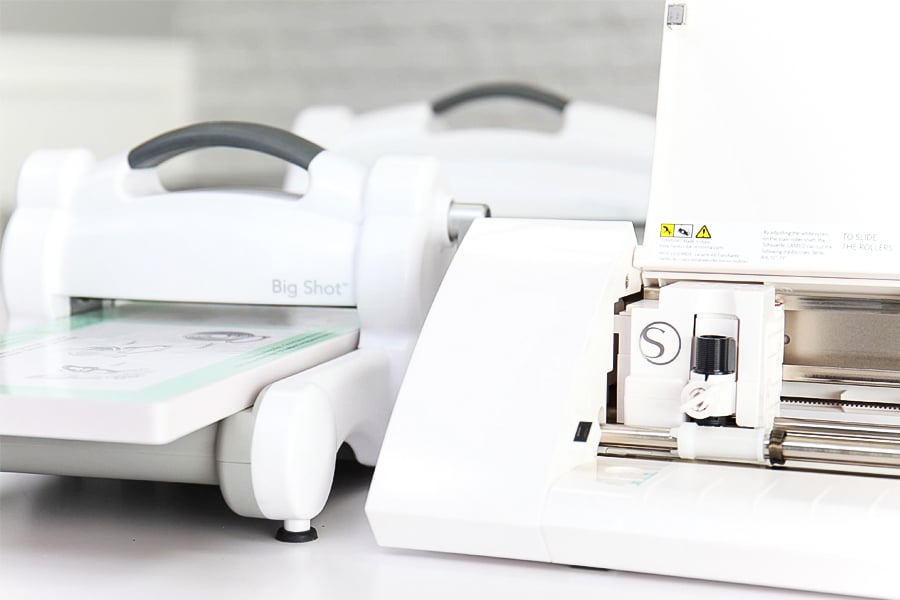 Die cutting machines or card making machines are machines that cut shapes out of paper, chipboard (like cardboard but thicker and more dense), fabric and other materials. Most people who die cut regularly have personal die cutting machines that are about the size of a small toaster oven. These machines can sit on top of your crafting table or work space or can be stored in a small area and brought out when needed. There are even tiny tabletop versions like the Sidekick or Mini Evolution, and compact folding versions like the Sizzix Big Shot Foldaway.
Die cutting machines or card making machines are machines that cut shapes out of paper, chipboard (like cardboard but thicker and more dense), fabric and other materials. Most people who die cut regularly have personal die cutting machines that are about the size of a small toaster oven. These machines can sit on top of your crafting table or work space or can be stored in a small area and brought out when needed. There are even tiny tabletop versions like the Sidekick or Mini Evolution, and compact folding versions like the Sizzix Big Shot Foldaway.
Just like any other appliance or tool, there are a variety of brands of die cutting machines, and each differs slightly from the other. You can also check out this resource for die-cutting machines. It will give you an overview of different styles so you can choose the right machine for your needs.
What is a manual die cutting machine?
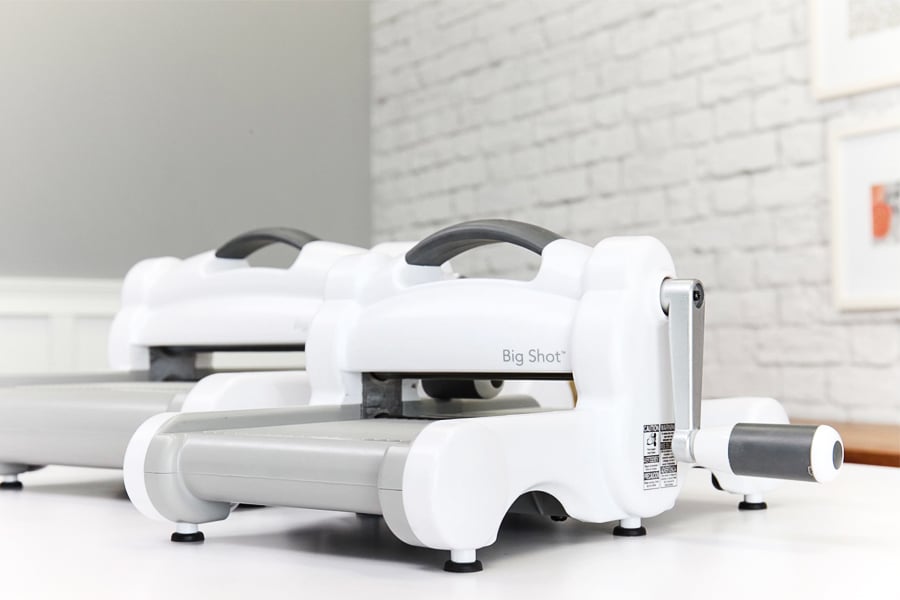 Manual die cutting machines are operated with an easy-to-turn crank or lever and use specialized metal shapes to cut paper and other materials. Sometimes these machines will also have a powered component that will help operate the machine with electricity. As the material and metal die pass through the machine's rollers, it applies pressure and the die cuts the paper or other material into the shape of the die.
Manual die cutting machines are operated with an easy-to-turn crank or lever and use specialized metal shapes to cut paper and other materials. Sometimes these machines will also have a powered component that will help operate the machine with electricity. As the material and metal die pass through the machine's rollers, it applies pressure and the die cuts the paper or other material into the shape of the die.
The most popular manual machines are made by Sizzix, We R Memory Keepers, and Spellbinders.
What is a digital die cutting machine?
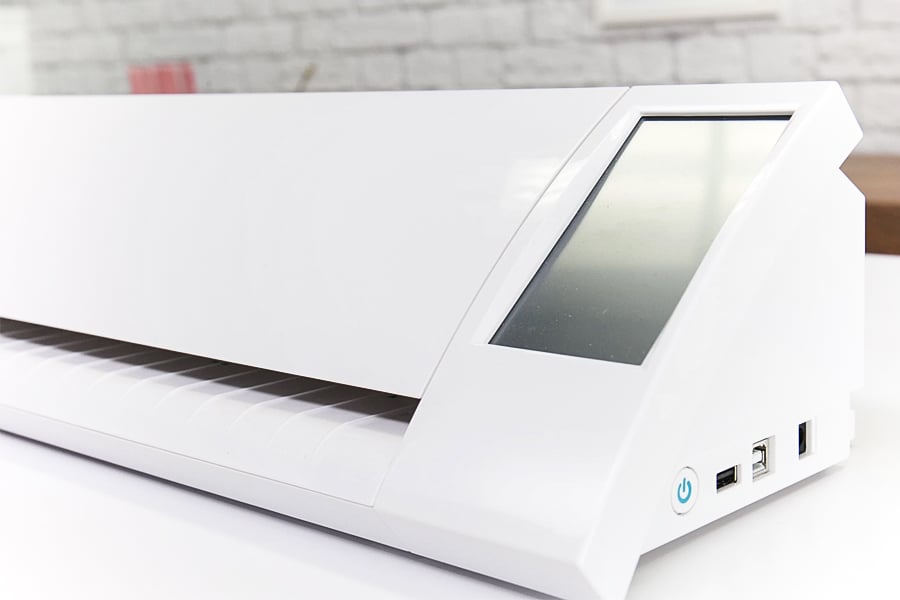 Digital die cutting machines are powered by electricity and are controlled by computer software or cartridges. Digital cutters do not require steel dies because they have a blade inside the machine that cuts the paper or other materials. You can select the shape you want to create via a software program on your computer, phone, tablet, or a specialized cartridge for the machine.
Digital die cutting machines are powered by electricity and are controlled by computer software or cartridges. Digital cutters do not require steel dies because they have a blade inside the machine that cuts the paper or other materials. You can select the shape you want to create via a software program on your computer, phone, tablet, or a specialized cartridge for the machine.
The most popular digital die cutting machines are made by Silhouette and ProvoCraft's Cricut. Digital die cutters look like consumer printers and connect to your machine through a USB port or Bluetooth technology, similar to a printer or other accessory. You can purchase digital files you want the machine to cut out or cartridges with pre-loaded images on them!
What is a die?
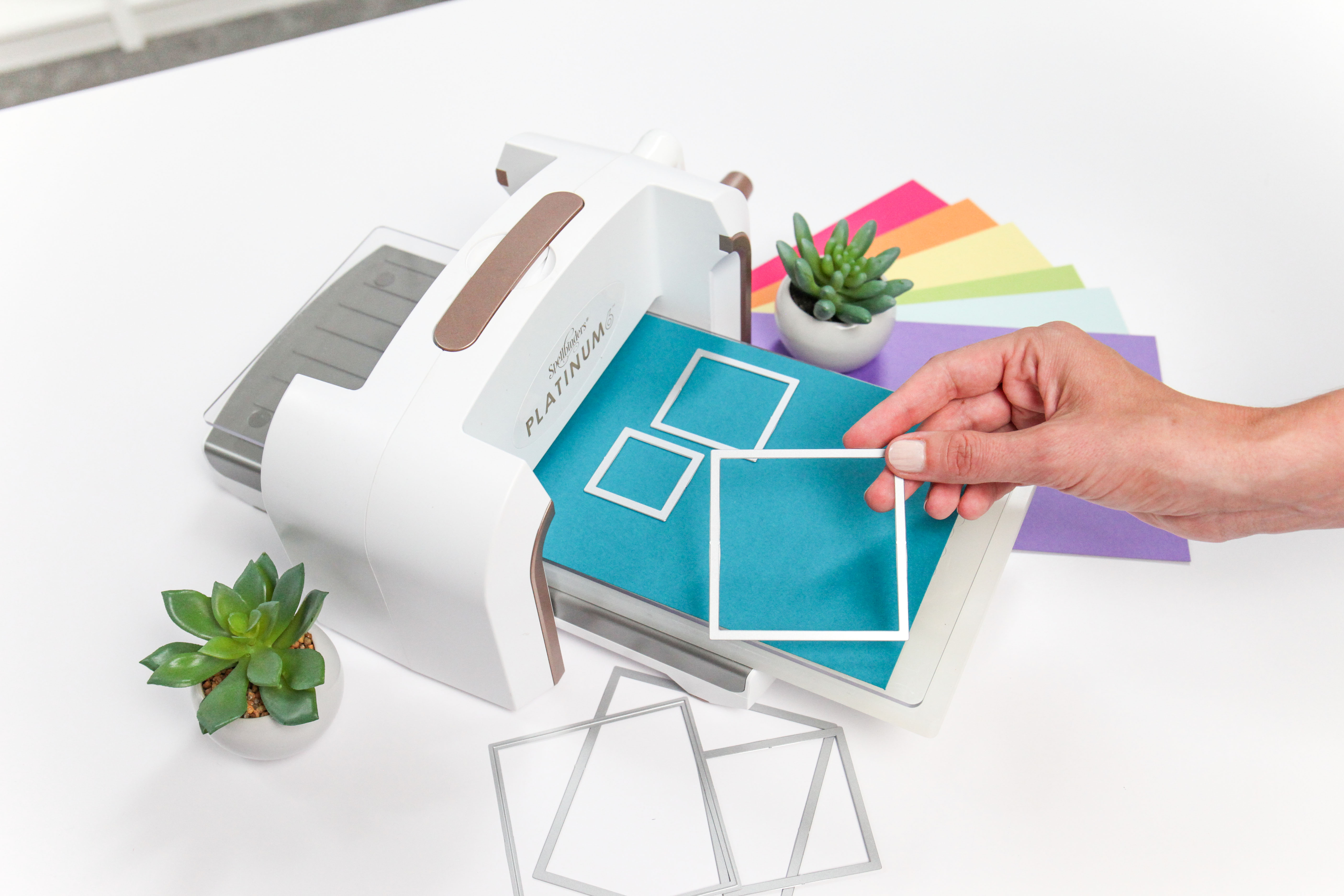 In die cutting, dies are metal-shaped objects with a raised, sharp area for cutting. They are similar in appearance and effect to cookie cutters - the shape of the die is the shape that will get cut out on your paper.
In die cutting, dies are metal-shaped objects with a raised, sharp area for cutting. They are similar in appearance and effect to cookie cutters - the shape of the die is the shape that will get cut out on your paper.
There are a few different types of dies. Steel-rule dies are sharp and protected with foam or plastic material (for your safety). They are typically more durable as they are designed for cutting thicker materials, or multiple cuts all at once. Thin metal dies are not as sharp and can't cut quite as thick of materials as steel-rule dies can. They look more like your traditional cookie cutter- a metal shape, without any surrounding foam or plastic and are lighter and easier to store.
Dies come in a wide array of sizes and styles. There are basic shapes, words, sentiments, intricate florals, delicate lace, animals, food shapes, and almost anything you can think of. With so many dies to choose from, there's a die for every purpose and occasion!
What are die cutting machines used for?
Though die cutting machines vary (you'll want to read the machine specs before purchasing) all die cutting machines cut paper. Most also cut felt, foam, thin fabric, and vinyl- though it's to be noted that only steel-rule dies can cut chipboard. Some can even cut corkboard, leather, rubber, and sponge!
Die cutting machines can be used to make stickers, envelopes, stand-up cards, gift tags, treat bags, party favors, shaker cards, pillow boxes, and more. They are used by card makers, scrapbookers, paper crafters, quilters and general crafters. They are even used in classrooms to facilitate learning and create projects.
Which die cutting machine is best?
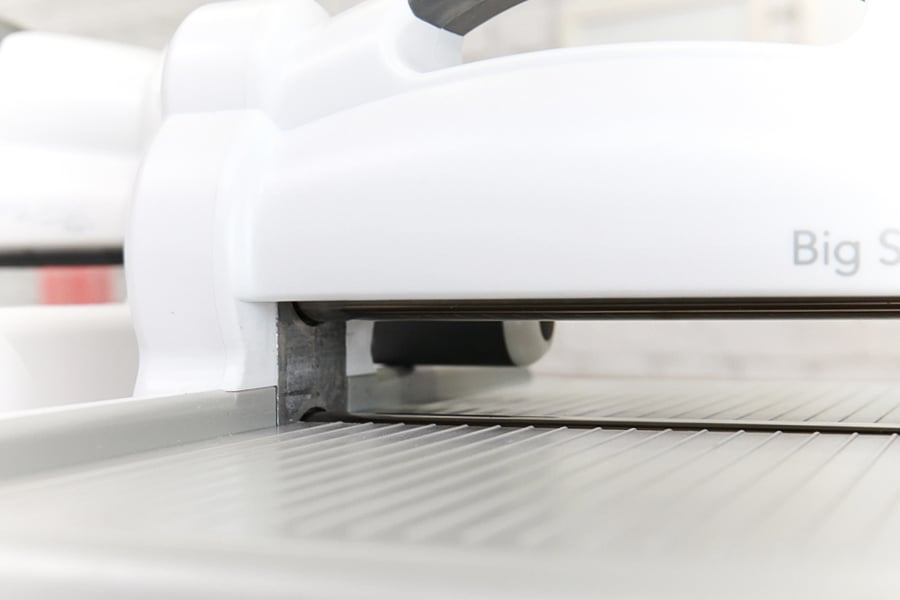 It really depends on what your needs are and what you're looking for. The Sizzix Big Shot is the most popular manual crafting die cutting machine. However, there are many different machines with many different features, pros, and cons. When purchasing a die cutting machine, it's important to read the product descriptions and the reviews to see what each machine is best for and what other people have to say about them and their experiences.
It really depends on what your needs are and what you're looking for. The Sizzix Big Shot is the most popular manual crafting die cutting machine. However, there are many different machines with many different features, pros, and cons. When purchasing a die cutting machine, it's important to read the product descriptions and the reviews to see what each machine is best for and what other people have to say about them and their experiences.
If you're thinking about purchasing a die cutting machine, this article will help you make the right decision for you.
Where did die cutting get its name? Why is it called die cut?
The origin of the word dates back to 1300-50, middle English de. In Latin, the word "given" is datum. The word die, as it is today, in this context, presumably, comes from this origin, "given, put, placed" therefore also meaning "played, or cast."
In that day and age, dies referred to stamping processes like creating coins or casting of items - usually in metal - made from dies. In the 1800's, a new invention was created for mass production - die cutting. The old term "die" (creation by machination) was combined with "cut" (the act of cutting out a shape) to create the term "die cutting". It is unknown who first coined the term "die cutting" which appears in the English lexicon in the mid-1800s.
Who invented die cutting?
Die cutting was invented in the mid-1800s in order to help streamline the shoemaking industry. Since cutting the soles of shoes was formerly done by hand, typically out of leather, the process was time-consuming, laborious, and expensive. The invention of the die cutting machine revolutionized work for cobblers and made shoes much more consistent as shapes were always cut the same size, the same way, instead of by hand. This meant that shoes could now be given standard sizing.
In the early 1900's, as technology advanced, so did the die-cutting machine. The invention of the hand crank die cutting machine made it possible to have different sizes and shapes of dies, meaning cobblers could create any part of the shoe they needed by machine - and the same machine at that. Shoes became easier to make and also much more affordable to all people.
It wasn't until 1977 that the first hand-operated die cutting machine for consumers was invented, by Bob and LaDorna Eichenberg, the creators of Ellison. Since then, die cutting machines have grown and transformed alongside the flourishing crafting industry! Cool, right?
Who uses die cutting?
Die cutting is used in manufacturing a variety of items, like shoes and other items, by cutting components quickly and efficiently, with the perfect cut every time. In manufacturing processes like this, large industrial-strength die cutting machines are usually used to speed up the process and withstand the constant pressures of a heavy workload.
Crafters also use die cutting, typically with personal die cutting machines purchased at scrapbooking or craft stores. Crafters can use these machines to cut elements for cards, scrapbook pages, home decor, party favors, party banners, DIY projects, gift giving, and more, quickly and easily without having to use scissors.
What do you need to start die cutting?
In order to die cut, there are only a few essential items. Most machines come with everything you need in order to start die cutting right away (except for the dies). For manual machines that means the machine, a platform, and cutting pads. For digital machines, that means that actual machine and the software to get started.
Machines typically come with detailed instructions, explaining how to use the machine and accessories. Dies, cartridges, and cut files are sold separately. And if you still need help there are videos and classes online to guide you. When you purchase a manual machine, you will also need at least one die to begin die cutting. You can find dies in a variety of styles and sizes here. And of course, you'll need paper or cardstock to cut your shape from. These are the only items you need to begin die cutting.
Where can I buy a die cutting machine?
If you're looking for where to buy die cutting machines, they can usually be purchased at a crafting store or online. We carry all of the best-selling manual die cutting machines here at Scrapbook.com. You can read hundreds of die cutting machine reviews by verified owners, peruse questions and answers about machines, and determine which machine is right for you.
If you're brand new to die cutting, want to introduce it to somebody else, or are in dire need of an upgrade, purchasing an affordable die cutting bundle will get you everything you need to die cut, which includes the machine and your choice of die shapes.
How does die cutting work?
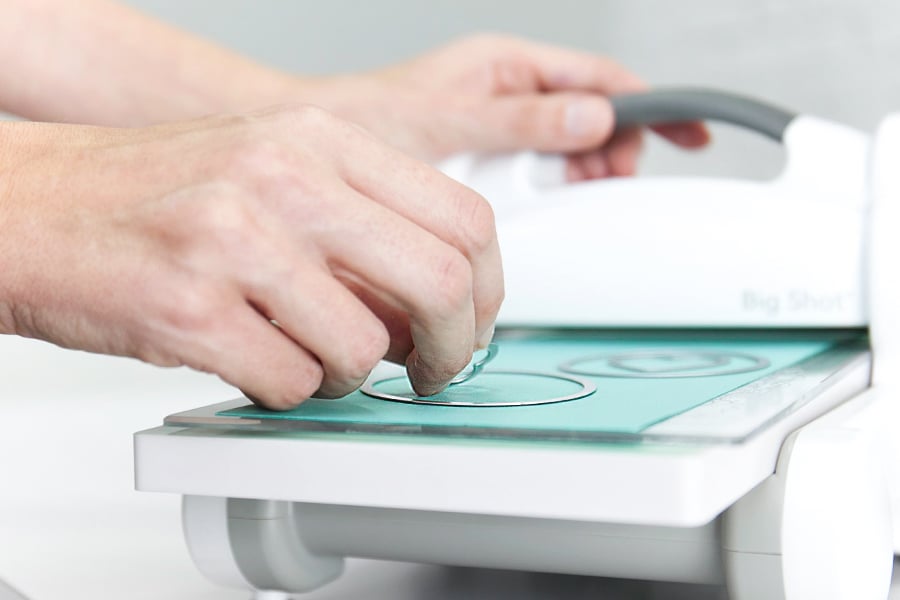 For manual die cutting machines, a piece of paper is placed on the platform of the machine. Then, a die in the shape you would like cut is laid on top of the piece of paper. When the die is positioned where you would like the cut to be made, a plastic mat is placed on top of the paper and die to keep them in place and act as a "sandwich."
For manual die cutting machines, a piece of paper is placed on the platform of the machine. Then, a die in the shape you would like cut is laid on top of the piece of paper. When the die is positioned where you would like the cut to be made, a plastic mat is placed on top of the paper and die to keep them in place and act as a "sandwich."
Once everything is in place, the lever is cranked by hand, which feeds the platform through the machine. As the platform goes through the machine, uniform pressure is placed on the mat, pressing the metal die into the paper. The sharp edges of the die cut the paper, creating the desired shape. The platform then comes out the other side of the machine and you can take off the top clear pad to access your die, paper, and perfectly cut shape!
How much does die cutting cost?
Die cutting is an initial investment. Think of it like sewing. Up front, there are a few costs for the necessities to get going, but once you have the essentials purchased, the following costs are all additions like trendy dies from new collections, papers, and other materials to cut, as needed.
Personal die cutting machines can cost anywhere from the low $30 range for small manual machines to several hundred dollars for fancy electronic machines. Typically, however, manual die cut machines are usually in the $50 - $200 price range, whereas electronic or digital ones are a bit more.
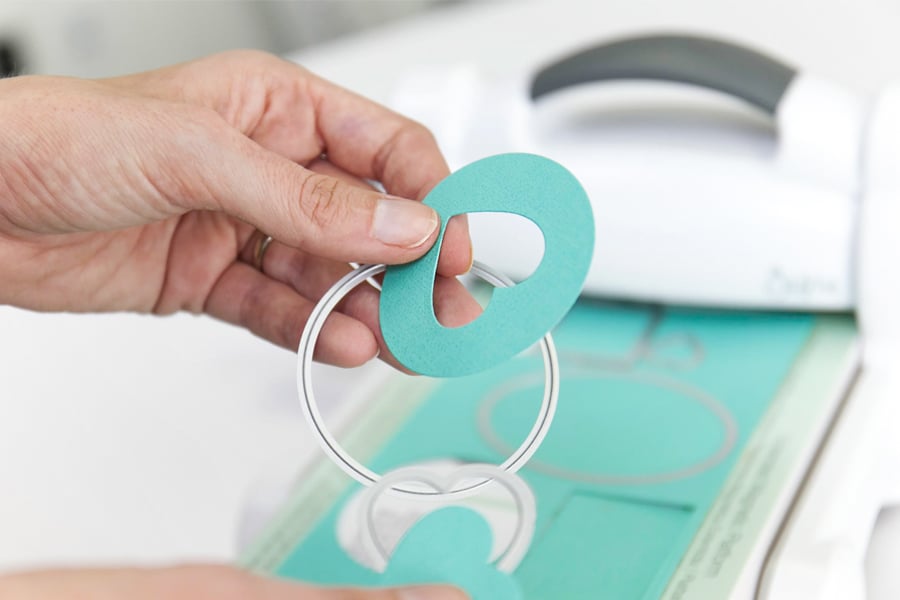 When you buy the die cutting machine, all of the elements you need are included, but there are almost always optional accessories you can buy that will make die cutting easier or make your machine more versatile. Tools and add-ons start at just a few dollars and go up from there.
When you buy the die cutting machine, all of the elements you need are included, but there are almost always optional accessories you can buy that will make die cutting easier or make your machine more versatile. Tools and add-ons start at just a few dollars and go up from there.
The only other expense can be budgeted very subjectively. Dies can come in a variety of prices, from $2.00 or less for small, simple dies, to more than $100 for ornate sets of multiple dies. Generally speaking, however, die packs usually fall in the $10 - $30 price range and usually come with multiple dies.
You can view a variety of options and prices here.
Can you make a cutting die?
Though it is technically possible to make your own dies out of metal by means of welding, it is not recommended. Dies are oftentimes made specifically for certain machines and are made to certain specifications to ensure that they work correctly. Creating your own dies and running them through your machine could damage your machine, irreparably and void the warranty.
Popular craft brands create their metal dies carefully out of high-quality materials to make sure they don't bend, snap, or fail to cut through paper.
What are die cut shapes?
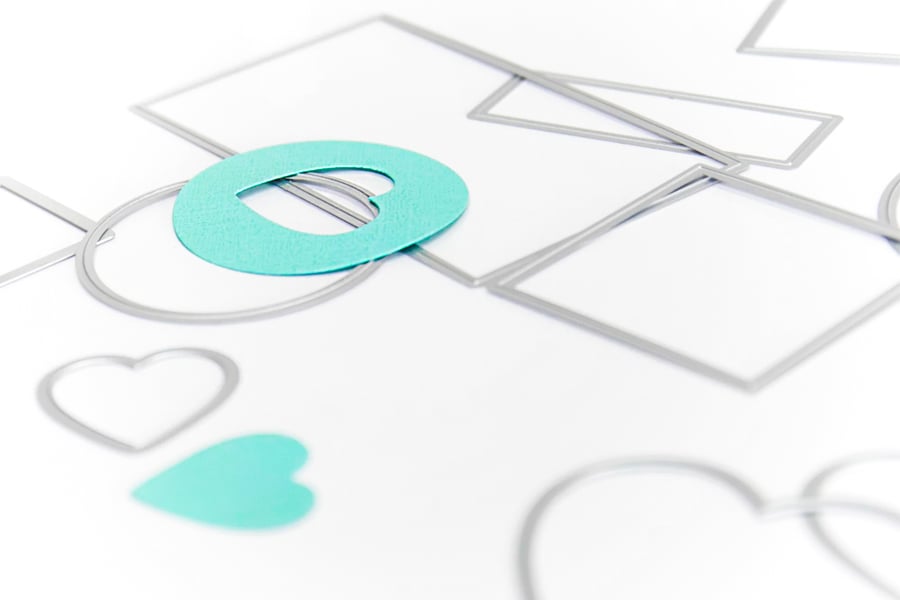 Die cut shapes are the pieces of paper, cork board, fabric, or any other material that has been cut out by a die into a shape. Sometimes, people also refer to die cut shapes as paper embellishments, cut outs, and ephemera.
Die cut shapes are the pieces of paper, cork board, fabric, or any other material that has been cut out by a die into a shape. Sometimes, people also refer to die cut shapes as paper embellishments, cut outs, and ephemera.
What are cutting pads or plates?
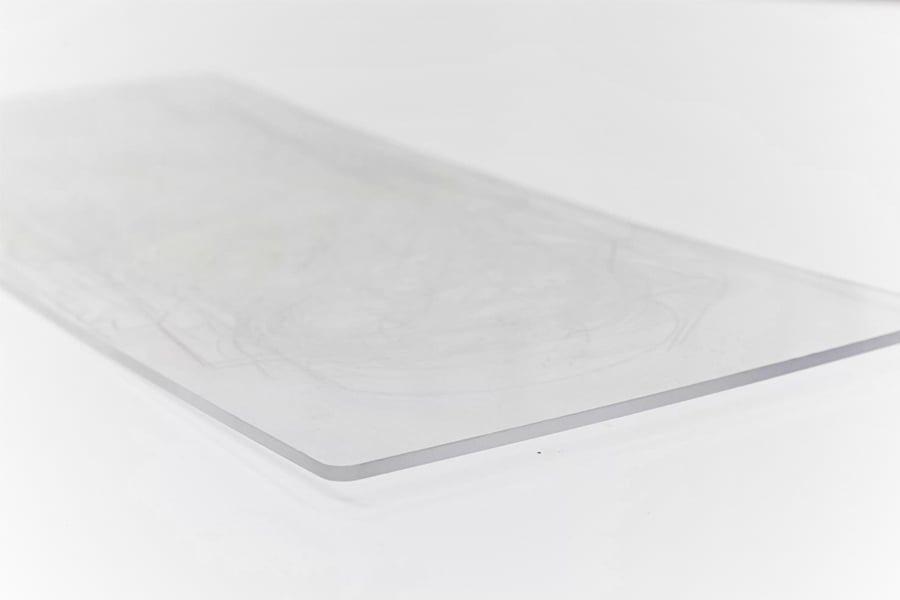 Cutting pads or cutting plates create the die cut "sandwich"- the appropriate layering of all components and materials for your machine. Building the sandwich ensures you have the right supplies, materials, and pressure for going through your machine. Think of it like your hand over a cookie-cutter as you press down. If you don't press the cookie cutter into the dough, you won't form a cookie!
Cutting pads or cutting plates create the die cut "sandwich"- the appropriate layering of all components and materials for your machine. Building the sandwich ensures you have the right supplies, materials, and pressure for going through your machine. Think of it like your hand over a cookie-cutter as you press down. If you don't press the cookie cutter into the dough, you won't form a cookie!
The machine presses down on the pad and pushes the die into the paper, creating a perfect cut! Pads come in a variety of different sizes and colors (though the color options are truly just for fun!). Over time, your pads will need to be replaced due to warping. This is normal and expected. To make your pads last longer, replace the cutting pad your dies cut into with the Scrapbook.com Magic Mat. It's made from soft, self-healing material that ensures beautiful cuts every time.
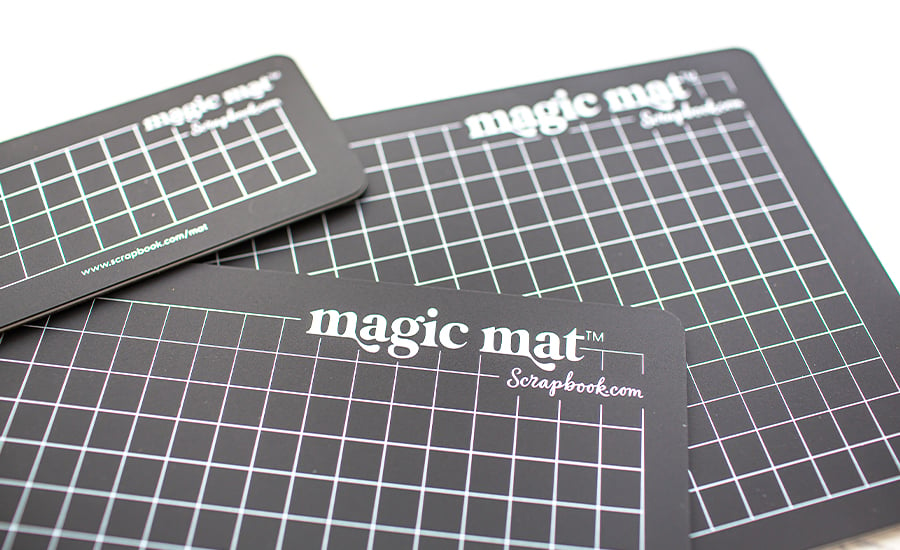
What is a die cut sandwich?
A die cutting sandwich is what the combination of platforms and mats are called. Different combinations of different sizes will perform different tasks and functions for your crafting needs. There are books and manuals that give ideas and detailed instructions on how to create sandwiches with your different platforms and mats. Sizzix makes a wonderful sandwich booklet that shows many different ways to make them- and the book is even shaped like a sandwich too!
For instance, you would use a different sandwich when using thin metal dies than you would if you were using an embossing folder. You should never have to force your sandwich through the die cutting machine. If you feel it is too hard to cut, try reversing your sandwich by cranking the lever the other way to take your sandwich out of the machine. Trying to force sandwiches through, or hard cuts, can damage your machine. It's really important to read the instruction manual in its entirety for proper use.
Is a cracking sound normal when die cutting?
It is perfectly normal to hear cracking noises as you roll your die through your machine. That sound is the die cutting into your paper. It's totally normal and no, you didn't break anything! But if the sound bothers you, choose a Magic Mat instead of the plastic cutting pad you cut into for a pass that's kinder to the ears.
Do you have to replace die cutting pads?
 Over time, you will have to replace your pads. Warping and etching of your pads will occur as time goes on - this is normal and expected. However, there are a few things you can do to minimize excessive warping and to get the most longevity out of your pads!
Over time, you will have to replace your pads. Warping and etching of your pads will occur as time goes on - this is normal and expected. However, there are a few things you can do to minimize excessive warping and to get the most longevity out of your pads!
- Use the whole surface of your pad when you cut
- Don't cut in the exact same spot on your pad every time (use the middle and the edges)
- Switch back and forth from using both sides of your pad but turning it upside down or backward - your pad can be run through your machine in any direction (size allowing)
- Choose a Magic Mat instead of one plastic cutting pad to avoid warping, etching, and cracking
The image above is a photograph of a pad that is starting to warp and has many indentations from a long life of cuts!
What are embossing folders?
Die cutting involves cuts to paper and other materials while embossing is molding the material to a specific design that dimensionally alters it. Embossing folders and die cutting go hand in hand because you need a manual die cutting machine in order to use special embossing folders.
The pressure from the die cutting machine presses designs into your cardstock so you have embossed (raised) and debossed (recessed) patterns.
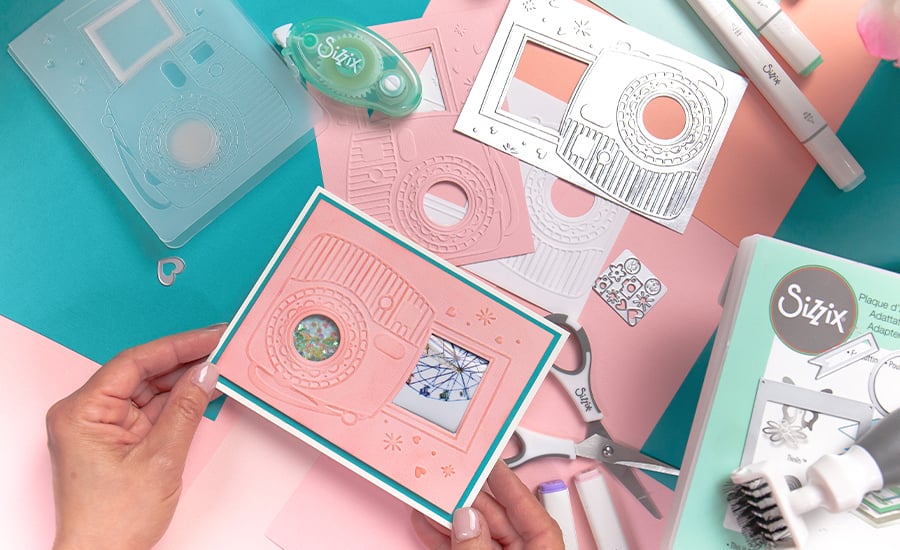 Some embossing folders from Sizzix, Spellbinders, and other top brands even combine embossing and die cutting in one single folder that completes both actions during its trip through the machine. That means that the embossing folder will press a pattern or designand cut out specific pieces for a really unique design on your paper.
Some embossing folders from Sizzix, Spellbinders, and other top brands even combine embossing and die cutting in one single folder that completes both actions during its trip through the machine. That means that the embossing folder will press a pattern or designand cut out specific pieces for a really unique design on your paper.
How are die cut stickers made?
Making stickers at home is one of the many perks of having your own personal die cutting machine. Instead of using cardstock on its own, you apply adhesive sheets to the back of your cardstock, then proceed to cut your shape. Run the paper through your machine with your die of choice as you normally would - and voila! You've made your own adhesive-backed die cut shape - a sticker!
Take your fresh cut shape off of the platform and peel off the back of the adhesive sheet to reveal the sticky side. Purchasing correlating stamps and dies can be very helpful to make stickers. Many companies, like Lawn Fawn, Sizzix, and Concord and 9th, create stamps that have matching dies, which allows you to stamp, color, and cut out the perfect image, every time.
Can you die cut fabric?
Yes! Fabric can absolutely be die cut, however, some dies and machines are not durable enough to cut through heavy fabrics. A couple of the best die cut machines for cutting fabric are the Sizzix Big Shot Plus and the Sizzix Big Shot Pro.
Make sure you read the machine specs and details before purchasing if you're intending to cut any heavier materials on a regular basis. Also, it's important to note that steel-rule dies cut through fabric the best, as they are the most heavy-duty of the die options.
What is a shim in die cutting?
A shim is an item designed to fill extra space and add pressure when needed. In die cutting, a shim is usually a piece of cardstock or two that can help keep your die from moving and provide additional pressure on the die as it passes through the machine. This helps get a cleaner cut (see the next question as to when you might need a shim).
What can I do when my detailed dies don't cut correctly?
Intricate dies often take a little more effort to get them to cut correctly. Especially if you're cutting thick cardstock or specialty paper. Here are a few tips that can help you get better results when using very detailed dies.
- Try leaving your die in place and running it through your machine a second time (possibly even three times if needed). It's really easy if you run it one way and then back the other!
- If that doesn't work, add a single sheet of cardstock as a shim under your die cut "sandwich" and run your die through the machine as usual. This will give the die a little more pressure and help with those hard to cut areas within your die.
- If the cardstock shim doesn't work, you can purchase a thin metal shim to place below your die cut "sandwich" and run the die through your machine. If you are still having trouble you may have a defective die and need to call the manufacturer to have it replaced.
Additional Die Cutting Resources
The Ultimate Guide to Die Cutting
Even more need-to-know info on the great big world of die cutting.
Shop Die Cutting Machines, Dies, Tools, and More!
Are you ready to shop? Scrapbook.com has everything you need to start or continue die cutting!
Must-Have Manuel Die Cutting Accessories
You have the basic supplies and understand how to die cut, but what's next? See the true magic begin when you get accessories to up your game!
Don't Buy A Die Cutting Machine Until You've Read This
Still not sure exactly which die cutting machine is right for you? Here's another great resource to help you decide!
How to Use Metal Cutting Dies for Scrapbooking
Source: https://www.scrapbook.com/articles/die-cutting
0 Response to "How to Use Metal Cutting Dies for Scrapbooking"
Post a Comment